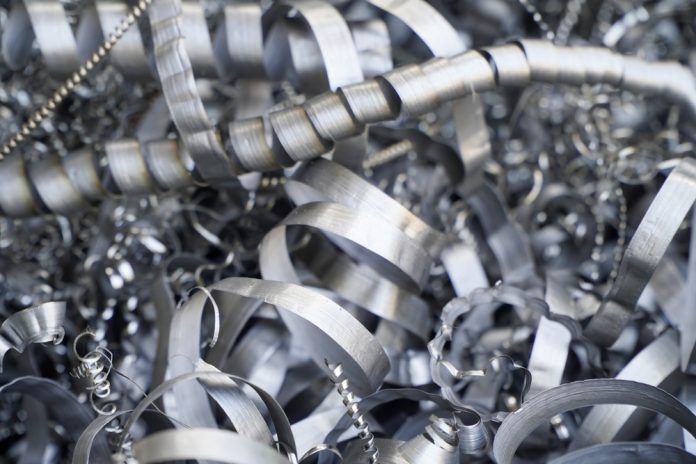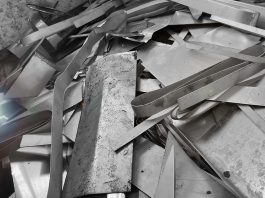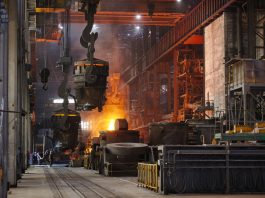Researchers at the University of Toronto have pioneered a huge breakthrough that can recycle steel scraps into a high-grade end product.
Steel recycling is crucial in the industry as it makes the materials more affordable while also addressing some of the environmental concerns associated with mining.
Aluminium is one of the most recyclable materials we use today. It can simply be melted down and reused to make the product over and over again.
However, some materials, such as steel, are not as easy to recycle as others.
An easier way to recycle steel
To recycle steel, the scrap metal must contain virtually zero impurities.
However, scrap steel usually contains other components like copper, which is only good for making a low-grade product for support beams and construction.
Now, the researchers have found a way to overcome this with a new electrochemical cell to recycle steel.
Using slag — a material made up of impurities discarded during the steel manufacturing process — they’ve created a new type of electrolyte for a device similar to a battery.
Putting an impure steel and copper mixture into the cell and running electricity through it, in the presence of the new electrolyte, removes the copper and generates pure iron, the base material for steel.
Meeting increasing demands and reducing emissions
“Our study is the first reported instance of electrochemically removing copper from steel and reducing impurities to below alloy level,” explained Gisele Azimi, Canada Research Chair in Urban Mining Innovations at the University of Toronto.
“Our method has great potential to offer the steelmaking industry a practical and easily implementable way to recycle steel to produce more of the demand for high-grade steel globally.”
This method could be revolutionary, as every metric tonne of steel manufactured creates around two metric tonnes of carbon pollution that are released into the atmosphere.
A better steel recycling method could reduce this amount, as well as bring down the price of steel for manufacturers and businesses.









